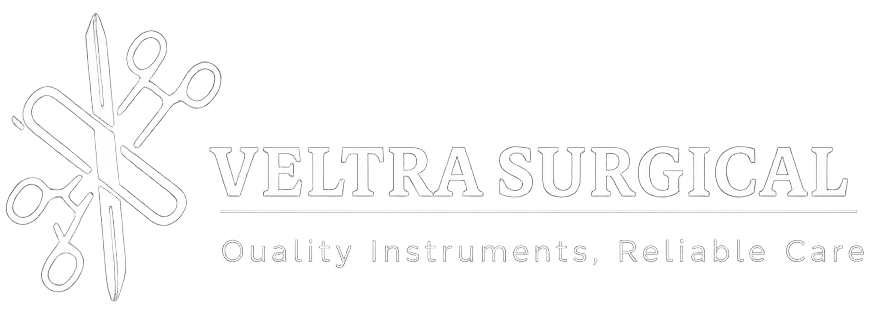Mastering the Basics: A Quick Guide to Surgical Sutures for Healthcare Professionals.
Blog:
In every surgical procedure, sutures play a critical role in restoring tissue integrity and promoting healing. For healthcare professionals — surgeons, nurses, and operating room staff — understanding the science, types, and applications of surgical sutures is essential to ensure safe and effective wound management.
1. Understanding Surgical Sutures
A surgical suture is a medical device used to hold body tissues together after injury or surgery. It provides mechanical support to close wounds until the tissue regains sufficient strength to withstand normal physiological stress.
Sutures are not merely threads — they are carefully engineered biomaterials that interact with living tissues, influence the healing process, and determine the success of a procedure.
2. Classification of Sutures
Sutures can be classified based on several parameters:
A. Absorbability
- Absorbable Sutures:
These sutures are broken down by the body’s enzymes or hydrolysis over time. Common examples include:- Catgut (Plain and Chromic)
- Polyglactin 910 (Vicryl)
- Polyglycolic Acid (Dexon)
- Polydioxanone (PDS)
- Poliglecaprone 25 (Monocryl)
- Non-Absorbable Sutures:
These sutures remain in the body unless removed manually. Examples include:- Silk
- Nylon (Polyamide)
- Polypropylene (Prolene)
- Polyester (Ethibond)
- Stainless Steel
B. Filament Structure
- Monofilament Sutures: Single strand, offering smooth passage through tissue with minimal trauma.
Example: Nylon, PDS, Prolene. - Multifilament (Braided) Sutures: Multiple strands woven together, providing better handling and knot security.
Example: Silk, Vicryl, Ethibond.
C. Coating and Specialty Sutures
Modern sutures are available with antibacterial coatings (like Triclosan) to prevent surgical site infections. Barbed sutures, which eliminate the need for knots, are increasingly popular in laparoscopic and cosmetic procedures.
3. Suture Needles: Design and Application
Every suture is paired with a needle designed for specific tissue types. Key needle designs include:
- Taper Point: For soft tissues such as bowel, muscle, or fascia.
- Cutting/Reverse Cutting: For tough tissues like skin or tendons.
- Spatula Needles: Ideal for ophthalmic or microsurgery.
Needles vary in curvature (1/2, 3/8, 5/8 circle) depending on surgical depth and access.
4. Choosing the Right Suture
The selection of the right suture depends on:
- Tissue Type and Healing Time
- Wound Tension
- Infection Risk
- Cosmetic Requirements
For example, Monocryl may be preferred for subcuticular closures due to minimal scarring, while Prolene is ideal for vascular anastomosis due to its non-reactive nature.
5. Leading Global Brands and Innovations
Top manufacturers such as Ethicon (Johnson & Johnson), B. Braun, Medtronic (Covidien), and Politec continue to lead innovation in suture technology. Advancements include:
- Absorbable antibacterial sutures that reduce infection rates.
- Color-coded materials for easy identification.
- Pre-loaded suture kits that improve efficiency and sterility in operating rooms.
6. The Importance of Suture Knowledge in Healthcare Practice
For healthcare workers, suture mastery goes beyond knot-tying. It involves understanding material properties, tensile strength, tissue compatibility, and handling characteristics. Proper suture choice and technique reduce postoperative complications, improve aesthetic outcomes, and accelerate recovery.
Continuous training and awareness of new products are crucial for surgical teams aiming to maintain international standards in patient care.
Conclusion
Surgical sutures are the cornerstone of wound closure and healing. A deep understanding of their classification, materials, and applications empowers healthcare professionals to make informed clinical decisions and enhance patient safety.
In an evolving surgical world, knowledge of suture science is not optional — it’s essential.












